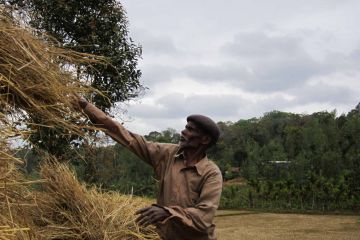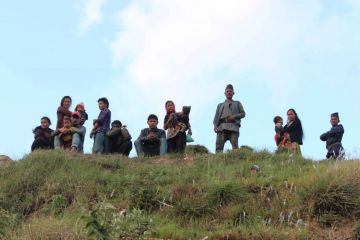
One sunny spring day in 1997, Irakli Loladze walked from the
mathematics department at Arizona State University where he was doing his PhD,
to the biology lab headed by professor James Elser. Experiments on
zooplankton—very small animals that live in oceans and lakes—and algae, their
food, would determine the rollercoaster ride of his research career for the
next 20 years. He would hit rock bottom before soaring redemption would be his.
As Loladze explored the lab he learned that some





